Note: Some of these red flags may also overlap with labor trafficking.
|
LGBTQ folks, especially youth, are particularly vulnerable to trafficking as they face transphobia and homophobia, targeted harm, and a lack of community and legal support. Here are some signs someone has been trafficked for sex from the Polaris Project.
Note: Some of these red flags may also overlap with labor trafficking.
0 Comments
After noting any red flags, the next important step in identifying a potential victim of trafficking is asking screening questions. Presented here are interview questions suggested by survivor participants in a study by Miller et al.
Identifying youth survivors of human trafficking can be challenging. In their report regarding a new Human Trafficking Screening Tool for youth services, The Urban Institute (2017), states "Often, stakeholders who might identify victims lack deep awareness and understanding of the issue or hold differing definitions of who constitutes a human trafficking victim. Victims themselves may lack an understanding that their experiences are considered trafficking. (p. 4)". Learn about the common red flags of sex and labor trafficking for young people and a newly tested assessment tool for identifying indicators in settings for homeless, runaway, and vulnerable youth in this study!
We may get ideas of what indicators to look for when it comes to trafficking based on what we’ve seen in TV shows and movies, or what we have heard on the news. More times than not, these ideas are based on myths and misconceptions of what human trafficking is truly like. Explore this resource from Polaris to learn how to recognize the signs and understand how trafficking happens - https://polarisproject.org/recognizing-human-trafficking/
People that exploit others utilize various forms of abuse, isolation tactics, and societal transphobia and homophobia to exercise power and control over survivors. Check out this power and control wheel specific to LGBT relationships.
There are inherent elements of power and control in any interaction between a patient and their healthcare provider. It is important for healthcare providers to try to minimize these elements as much as possible when caring for a patient that has experienced trafficking. This can be as simple as allowing the patient to make choices about where they sit in the exam room or being sure to speak to a patient at eye level instead of standing over them. This article gives recommendations to medical professionals that will help them care for patients who’ve experienced trafficking with dignity and respect. Give it a read or share with a health professional you know!
Traffickers use a multitude of tactics including luring victims into fraudulent work arrangements through false or substantial misrepresentation of jobs, legitimacy of employment or hiring authority; manipulating debt bondage through illegal recruiting or other fees; confiscating or manipulating legal documents; threatening a victim with various forms of harm, including harm from the legal system such as deportation or arrest of the victim or the victim’s family; and particularly in the case of migrant workers in remote or isolated locations, leveraging employer control over housing, transportation, access to communication and even access to food. Check out the graphic below created by FLAP!
When discussing the dynamics of power and control within the context of human trafficking, we often hear from people who are surprised at how similar the dynamics sound to those used in domestic violence situations. Whether working in the anti-trafficking movement or not, it's crucial that we understand that not only are there similarities between trafficking and domestic violence; there's also a clear intersection between the two. Understanding this intersection, particularly around the power and control dynamics, is crucial in providing person-centered, safe supportive services to survivors. Please take a moment to read through this Issue Brief.
When assessing a human trafficking situation, there must be the presence of force, fraud, and/or coercion.* These are the tactics that the trafficker uses to maintain power and control over the victim.
- Force could mean that a person is confined to a space, starved, experiences rape, beatings, or other types of violence. - Fraud is a trick. This could be that the person was deceived about a job offer or lured into a romantic relationship. After accepting, the victim finds that what was promised was untrue. - Coercion is a threat. For example, the trafficker could threaten to report the victim to immigration authorities or could threaten them with violence. Traffickers are experts in manipulation and in the use of power and control. They target people’s vulnerabilities in order to exploit them. This “Power and Control Wheel” has been adapted for human trafficking situations. It describes different methods that traffickers use to subjugate their victims. *If a minor is involved in commercial sex, they are automatically considered by law a victim of trafficking and do not need to prove force, fraud, or coercion. |
NHTAM 2020This year in observance of National Human Trafficking Awareness Month, the Task Force planned a Social Media Takeover. Members of each subcommittee of the Task Force worked hard to create educational content about human trafficking related to their different areas of experience and expertise. You can find all of the posts on this page! ArchivesCategories |
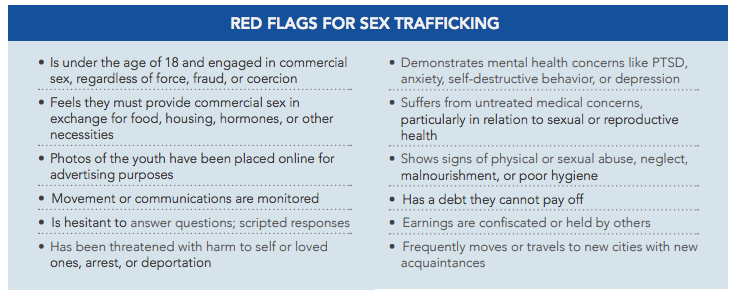
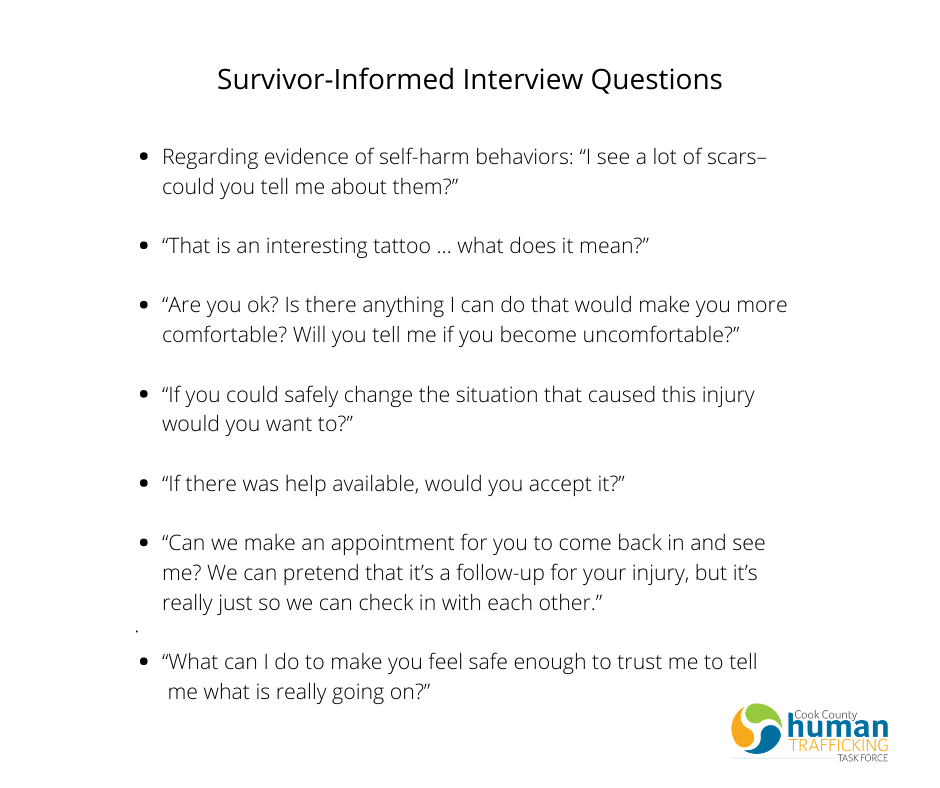
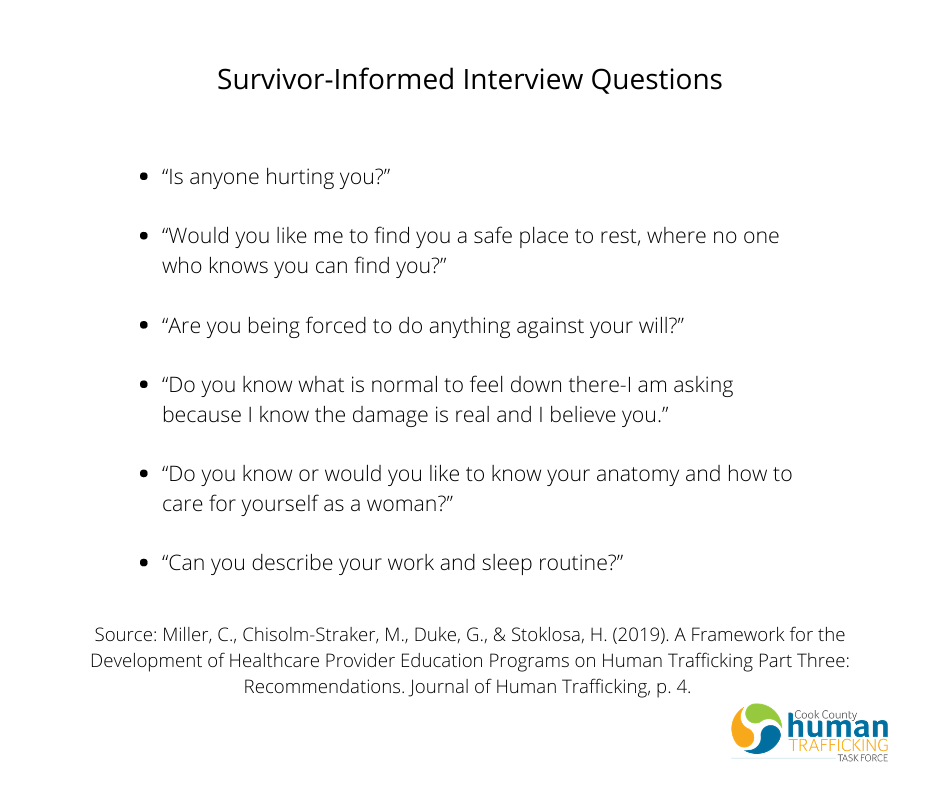
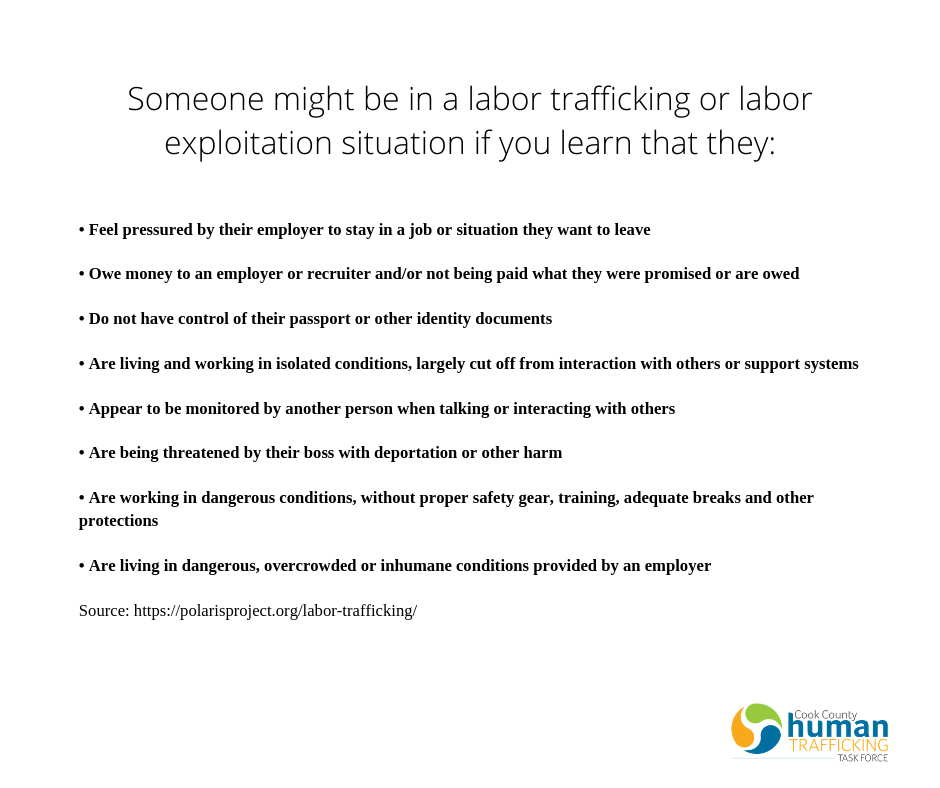

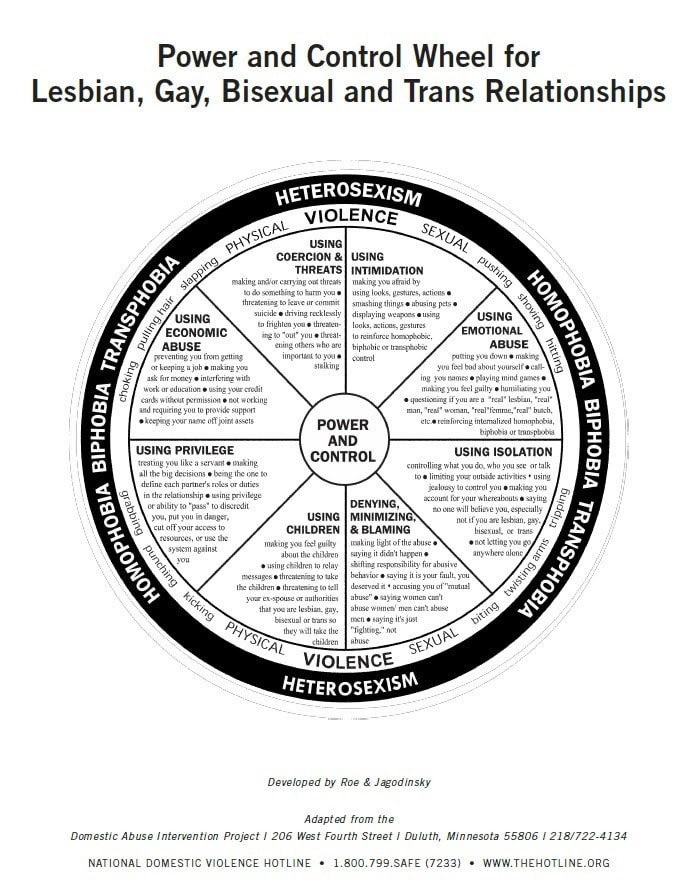
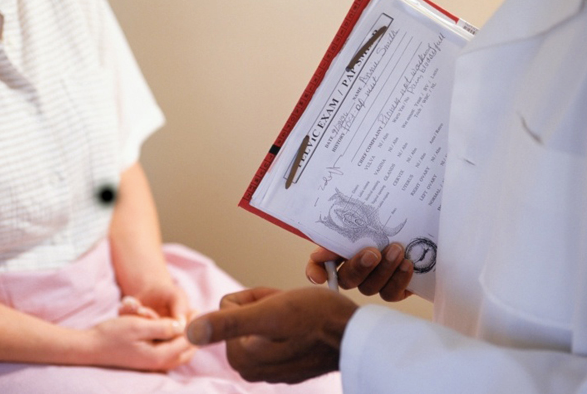
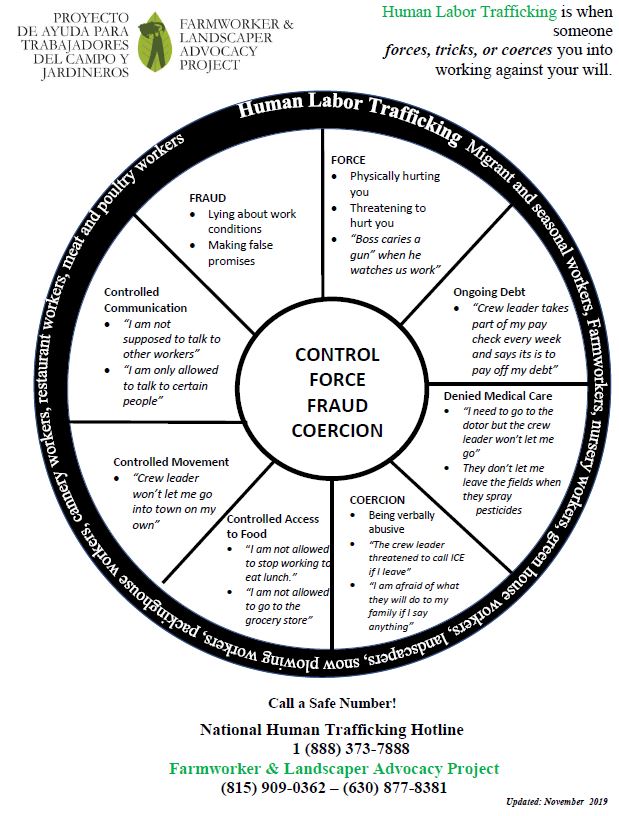
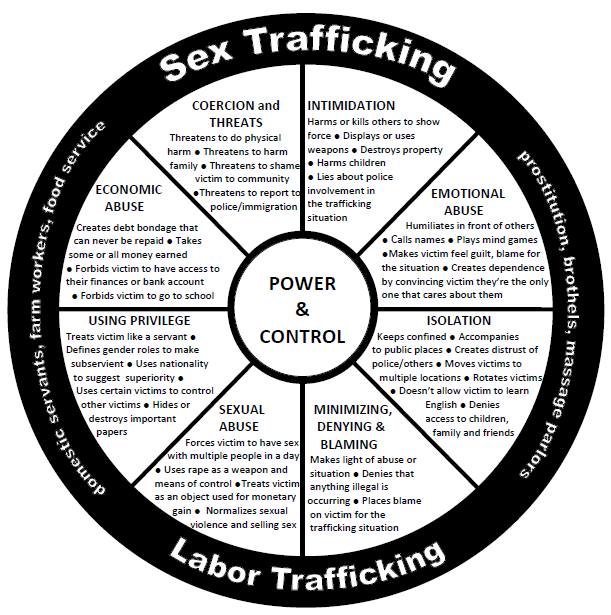
 RSS Feed
RSS Feed